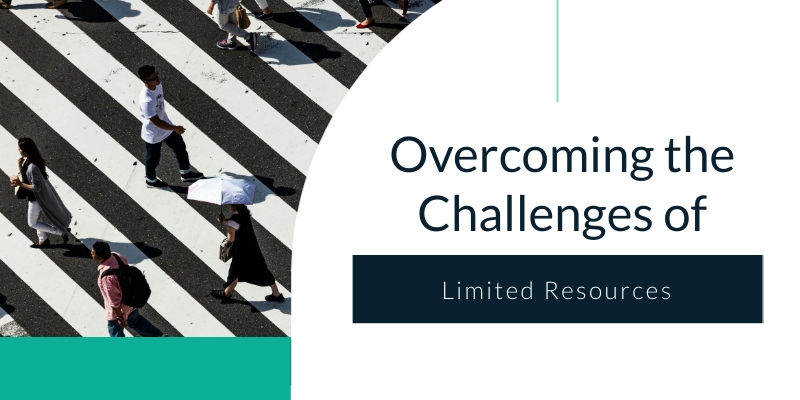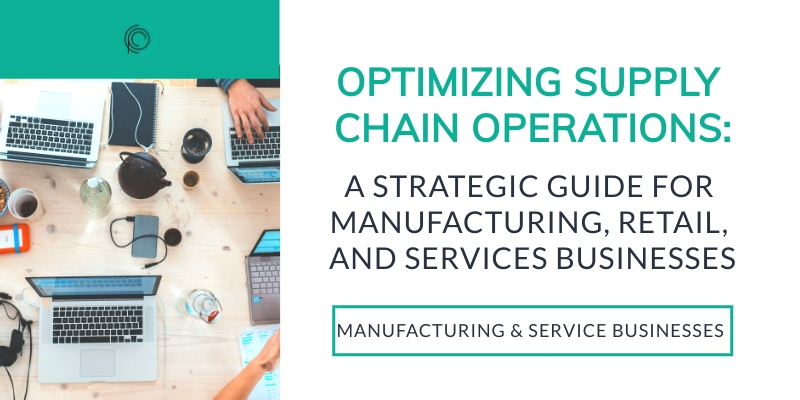The Competitive Edge of Efficient Problem-Solving
Finding solutions quickly and efficiently is not just a requirement but a significant edge for businesses in today’s competitive landscape. However, the process of problem-solving is more intricate and complex than it initially appears. It entails a deliberate series of steps to thoroughly verify both the problem and the solution, ensuring accuracy and a perfect alignment with the organization’s strategic objectives. This post aims to underscore the crucial importance of verifying the problem thoroughly before leaping into devising a solution, to sidestep potential pitfalls and to secure the most effective and efficient resolution.
The journey to effective problem-solving begins with a comprehensive understanding of the problem itself. This requires breaking it down into its constituent components to identify the underlying causes and to fully grasp the bigger picture. It’s about going beyond the surface symptoms and delving into the root causes that are fueling the problem. Engaging your team in this process is vital; it fosters a collaborative environment and leverages diverse perspectives for a more thorough analysis. Utilize resources like this guide on boosting employee engagement to actively involve your team, capturing an accurate picture of the current state of affairs. This collective approach not only ensures a comprehensive understanding of the problem but also primes your team for the subsequent steps in the problem-solving process.
Once the problem is clearly defined and understood, the next step is to prioritize its resolution based on its importance and assess the potential impact of the proposed solution on your business. This phase is crucial; it’s about discerning which problems warrant immediate attention and which solutions could potentially bring about the most favorable outcomes. This prioritization helps in allocating resources more effectively and ensures that efforts are concentrated on areas that promise the greatest impact on organizational objectives.
The journey to effective problem-solving in the business world is systematic, demanding a strategic mindset that begins with an in-depth analysis of the issue at hand. Involving your team in this process, dissecting the problem into fundamental elements, and ranking solutions by their potential impact enables businesses to tackle challenges more adeptly and emerge more resilient. This precise strategy not only uncovers the most appropriate solutions but also strengthens the organization against future problems, setting the stage for ongoing success and growth.
Here are the reasons why it’s crucial to verify the problem before jumping into implementing a solution:
- Identifying multiple solutions: Begin by clearly defining the problem at hand, ensuring you have a thorough understanding of what you aim to resolve. Once the problem has been clearly defined, it’s essential to embark on a thorough information-gathering mission, delving into various solutions and exploring every possible avenue. This meticulous approach ensures that no potential solution is overlooked, which is critical for addressing the issue effectively. It’s crucial to resist the urge to jump to conclusions early in the process. Instead, the focus should be on collecting a wide breadth of information from a diverse range of sources. This includes leveraging data analytics to uncover insights, consulting industry experts to gain a deeper understanding of the context, and seeking feedback from employees who might offer unique perspectives based on their experiences. Additionally, looking into case studies and historical precedents where similar challenges were faced and overcome can provide invaluable lessons and strategies. Engaging in discussions with stakeholders and considering the feasibility and potential impact of various solutions can also enrich the decision-making process. This comprehensive and multi-faceted approach ensures that when it comes time to evaluate the different solutions available, the decision is based on a solid foundation of research, analysis, and diverse viewpoints. By taking these steps, organizations can vastly improve their chances of identifying the most effective and sustainable solution to their problem.
- Evaluating solutions: With a comprehensive list of potential solutions at your disposal, the subsequent step demands a meticulous analysis of how each solution could potentially impact your business. This phase transcends merely pinpointing the most immediate or apparent solution; it requires a deep dive into evaluating each option with a critical eye towards risks associated with implementation, the dependencies it might create, the cost implications that come along with it, the time it will take to implement, and its overall feasibility within the context of your business operations.
A thorough consideration of these multifaceted factors is paramount to refine the list, narrowing it down to a handful of viable alternatives that stand out not just for their potential effectiveness but also for their alignment with your business’s strategic goals and resources.
These selected alternatives shouldn’t be taken at face value but should instead undergo a further phase of rigorous assessment. This involves evaluating how well they align with your overarching business objectives, their capacity to effectively mitigate the identified problem, and ensuring that they can be integrated smoothly into your existing processes without causing disruptive ripples. This layered approach ensures that the solutions you proceed with are not only theoretically sound but also practically applicable, setting the stage for a more informed and strategic decision-making process.
3. Testing and implementing the solution: Before adopting a solution on a full-scale basis, it’s absolutely critical to ensure that the selected strategy undergoes a thorough process of testing. This step is essential to verify both its functionality and overall effectiveness. The approach should be to conduct a series of trial runs within smaller, more controlled environments. Such preliminary testing phases are invaluable, as they provide deep insights into how the solution might perform under real-world conditions, revealing any potential flaws or areas for improvement. It’s during this phase that adjustments can be meticulously made, refining the solution to better meet the needs of the specific organizational context.
Once you are completely satisfied with the solution’s performance, its reliability, and the outcomes of the trial run, you can confidently proceed to integrate it into the broader scope of your business operations. This phase transition from testing to full-scale implementation is crucial and should be approached with careful planning and consideration.
Following the implementation, it’s imperative to not become complacent. Continuous monitoring and evaluation of the solution post-implementation are vital. This ongoing assessment process helps in identifying how effectively the solution addresses the initial problem it was intended to solve. Moreover, it provides an opportunity to measure the solution’s impact on business operations and to ensure that any long-term goals are being achieved. By staying vigilant and responsive to the solution’s performance over time, businesses can make necessary adjustments to optimize processes and outcomes continually.
4. Deep Reflection on the Problem-Solution Process:
Once the solution is in place, it’s crucial to dedicate time for a comprehensive reflection on the whole problem-solving journey. This reflective phase is not merely a quick overview but should be an in-depth evaluation focusing on the effectiveness of the implemented solution in fully addressing the original problem. Furthermore, it entails a meticulous examination of the entire process to pinpoint areas that could benefit from improvement. Engaging in this reflection is invaluable for extracting lessons from the experience, which, in turn, aids in refining and enhancing problem-solving strategies for future endeavors or similar challenges.
This step allows for a critical assessment of both the successes achieved and the obstacles encountered throughout the process. By doing so, it paves the way for a more informed and improved approach to problem-solving. This thorough evaluation not only highlights the immediate outcomes but also focuses on the long-term implications of the problem-solving strategies used. It encourages a culture of continuous learning and improvement, ensuring that each problem addressed is an opportunity for growth and development.
Moreover, this reflective practice fosters a proactive stance towards challenges, equipping individuals and teams with the insight and confidence to tackle future problems more effectively and efficiently. By systematically analyzing the problem-solving process, identifying key takeaways, and implementing learned strategies, the path to achieving more successful and sustainable solutions in the future becomes much clearer.
Jumping straight into the solution without verifying the problem can lead to painful mistakes, and wasted time, and resources. Ensuring that your solution is correctly aligned with your objectives and directly addresses the root causes of the issue is critical. This involves verifying the problem, engaging in process mapping, and conducting a thorough review. It’s important to approach this with patience, to collect comprehensive information, and to remain open to exploring alternative solutions before finalizing any major decisions. Verifying the problem is a fundamental step in the problem-solving process to prevent adverse outcomes and reduce the likelihood of future errors. It is crucial to have a comprehensive understanding of your current state before you start looking for solutions. This approach ensures that any action taken is well-informed and directly addresses the core issues at hand. To acquire a more profound understanding of your current situation and to explore tailored solutions that can drive significant improvements, we highly recommend scheduling a consultation with one of our experienced process improvement specialists. Our specialists are adept at identifying areas for enhancement and devising strategies that align with your specific goals and challenges.







